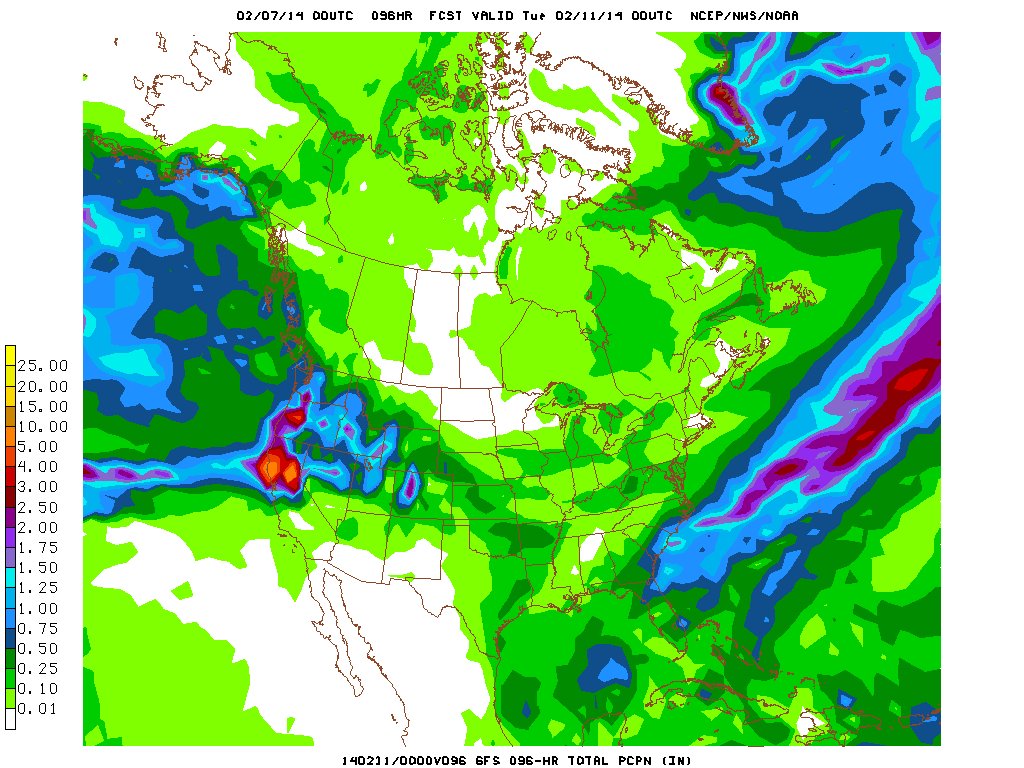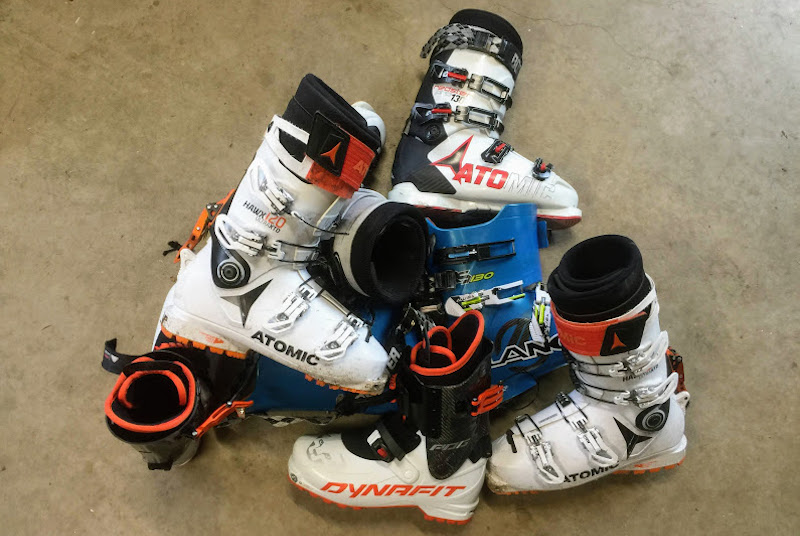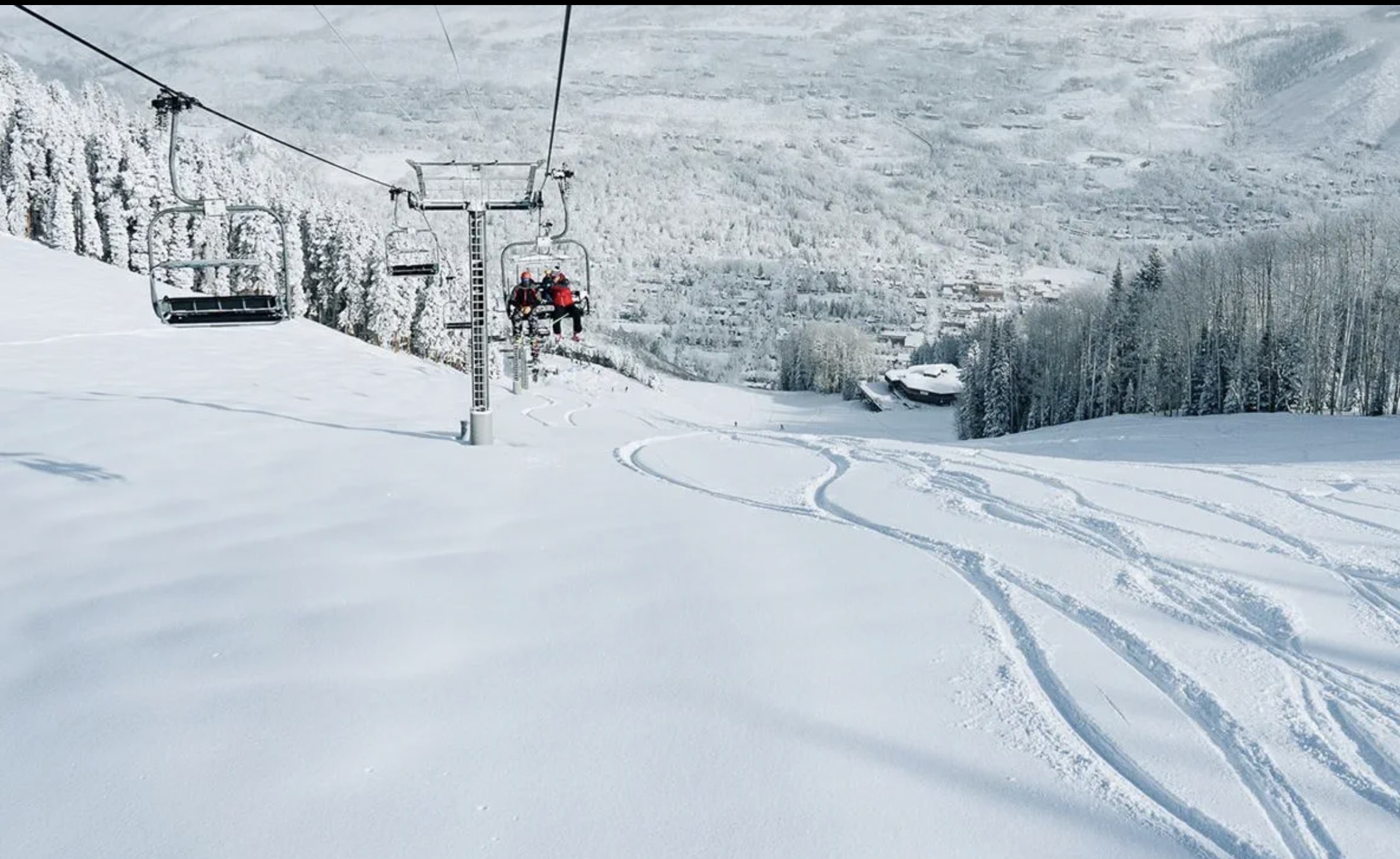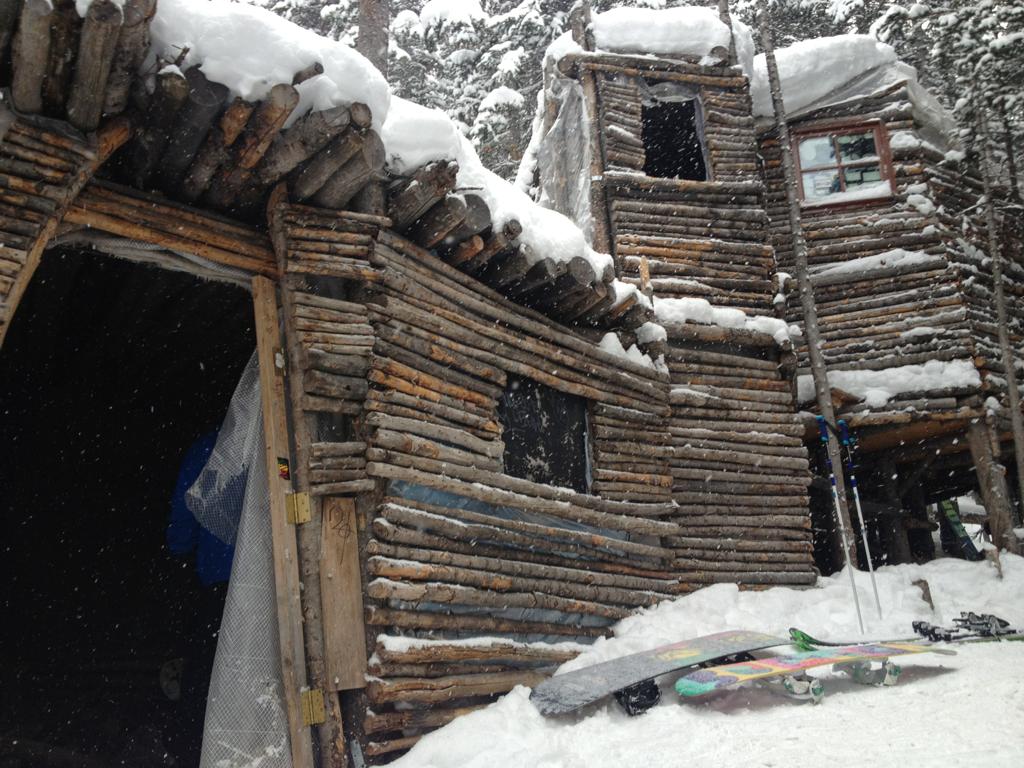
Research published by Benjamin Hatchet, Susan Burak, Jon Rutz, Nina Oakley, Edward Bair, and Michael Kaplan in the Journal of Hydrometerology suggests a strong link between Atmospheric River (AR) events and avalanche deaths. According to their research, 31% of avalanche fatalities between 1998 and 2014 occurred either during or shortly after an AR event.
West Coast skiers got very familiar with the term “Atmospheric River” this season. Squaw was hit by 10 of these weather events, and other California resorts report similar figures. It was awesome.

An Atmospheric River (AR) occurs when a long, narrow column of moisture transports vast amounts of water through the atmosphere. In the West Coast, ARs draw a concentrated stream of moisture from the tropics and transport it onto the mountains, where it falls out of the atmosphere as rain or snow. What makes ARs so spectacular is the shear volume of water they can transport: some ARs can transport water at ten times the rate of the Mississippi River. When these events coincide with low freezing levels, you get the insane multi-foot storm totals that we so often did this season.

With multi-foot storm totals comes rapid loading of the snowpack, and with that comes increased avalanche danger.
Hatchet and his collaborators hypothesized that this increased avalanche danger brought on by AR events would translate into an increase in avalanche fatalities. By correlating west coast Avalanche Center fatality reports with SNOTEL (snow telemetery) data, Hatchet and his coauthors found that AR and other high precipitation events did correlate to increased avalanche fatality rates. Additionally, they found that AR events were correlated with a higher fraction of avalanche fatalities in states with primarily coastal rather than continental snowpacks (i.e. where AR events typically result in the most precipitation).

This study focuses on the role of snowpack loading (specifically, rapid changes in the snow water equivalent measurements at SNOTEL sites) in avalanche fatalities, but doesn’t address the role of so-called “human factors” in the relationship between AR events and fatalities, factors that most avalanche experts and educators agree can be at least as important as the inherent safety of the snowpack. The term “human factors” is a catch-all term for the reasons humans may make poor decisions in avalanche terrain, including trusting experts, ignoring warning signs, and bending to external pressures to ski dangerous terrain.

In the case of AR events, the most salient human factor would be scarcity: since AR events are relatively rare (last season notwithstanding) skiers might take more risk in order to ski conditions that usually appear only a handful of times every year. However, other human factors could conceivably tip the scale the other way. Avalanche fatalities and injuries are actually typically lower on “high” and “extreme” risk days as compared to “moderate” days, as people tend to take more risks when they can frame the avalanche risk as “only” “moderate.” The “high” avalanche danger which typically characterizes AR events could conceivably depress the rate of avalanche fatalities.

More research and funding would be needed to help disentangle the effects of snow stability and human factors into a holistic understanding of how ARs effect risk in the backcountry. Hatchet and his coauthors urge those collecting data on avalanche fatalities to include details on how human decision making effected the accident to aid in future studies.
The main takeaway from this study for backcountry skiers and splitboarders is that AR events are dangerous, and result in an increased rate of fatalities. But by reading the forecast, understanding the snowpack, and being educated, we can still make safe decisions, even during and after Atmospheric River events.
You can read more about Hatchet et al’s research from their 2017 paper “Avalance Fatalities during Atmospheric River events in the Western United States,” or the publicly available slides from Hatchet’s 2016 talk.




